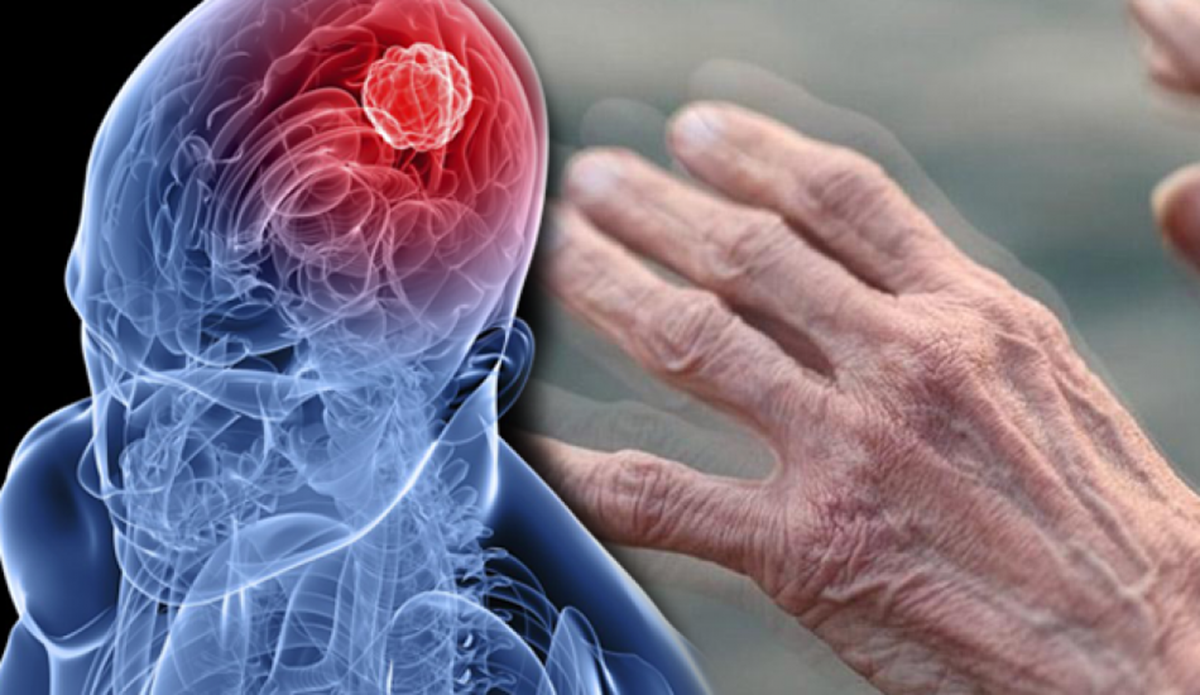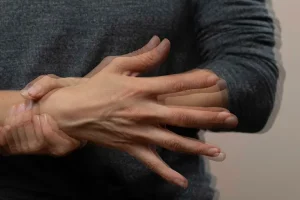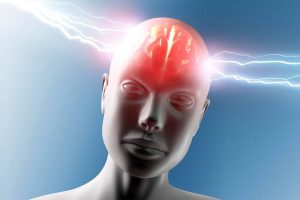What are the symptoms of Parkinson’s disease? Can Parkinson’s disease be controlled with treatment?

What are the symptoms of Parkinson’s disease? Can Parkinson’s disease be controlled with treatment?
Parkinson’s Disease: Symptoms and Treatment
Symptoms of Parkinson’s Disease
- Tremor: Tremor, one of the most prominent symptoms, usually begins in the hands, fingers, or head while at rest. This tremor can affect daily life and become more pronounced over time.
- Bradykinesia (Slowness of Movement): Individuals with Parkinson’s disease often have difficulty moving. Tasks that are simple in daily life take longer to perform, and they may struggle with initiating steps.
- Muscle Rigidity: Stiffness and tightening of muscles are common symptoms in Parkinson’s patients. This can further impair movement and lead to discomfort.
- Balance Problems: Parkinson’s patients may have difficulty maintaining balance, leading to a sensation of instability while walking and increasing the risk of falls.
- Speech and Writing Issues: Parkinson’s can affect handwriting and reduce speech clarity. Patients may have a less understandable speaking style.
Treatment of Parkinson’s Disease
The treatment of Parkinson’s disease aims to alleviate symptoms and improve quality of life. The main methods used in treatment include:
- Medications: Various medications are used to manage the symptoms of Parkinson’s disease. Drugs such as dopamine agonists, levodopa, and MAO-B inhibitors are commonly prescribed.
- Physical Therapy: Physical therapy can be used to increase muscle strength, improve balance, and enhance mobility. Exercise programs are customized by physical therapists according to the patient’s needs.
- Speech and Swallowing Therapy: Speech and swallowing therapy are essential to maintain or improve the patient’s communication and swallowing abilities. Speech therapists work to support the patient’s communication skills.
- Surgical Interventions: In advanced cases of Parkinson’s disease or in patients who do not respond to drug therapy, surgical options may be considered. Procedures like deep brain stimulation (DBS) can help manage symptoms by delivering electrical stimulation to specific areas of the brain.
- Lifestyle Changes: Adopting a healthy lifestyle can support overall health and help manage symptoms of Parkinson’s disease. Factors such as balanced nutrition, regular exercise, and stress management are important.
Conclusion
Although Parkinson’s disease is a lifelong condition, its symptoms can be managed with appropriate treatment and management strategies. Therefore, early diagnosis and identification of suitable treatment methods are crucial. Close collaboration between patients, their families, and healthcare professionals can help minimize the impact of the disease. Expert neurologists like Dr. Mustafa Zafer Demirtaş play a significant role in diagnosing and treating Parkinson’s disease.







